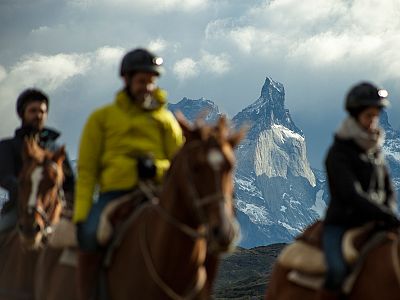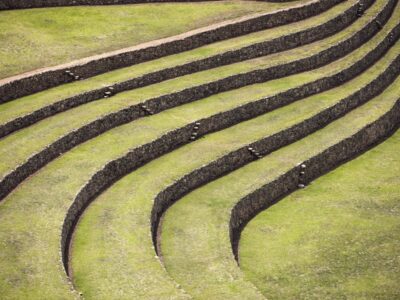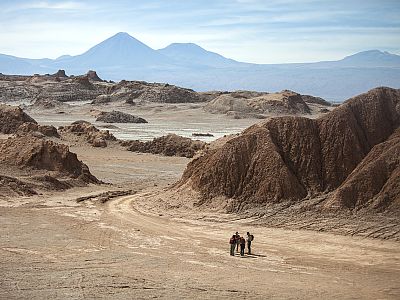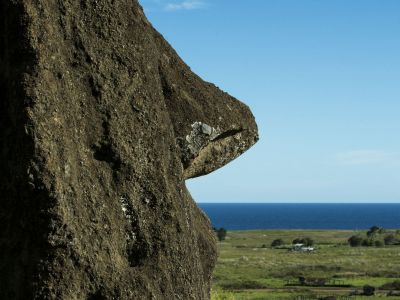Patagonia
Chile - Argentina
About Patagonia
There are many innate riches that make Patagonia a true gem.
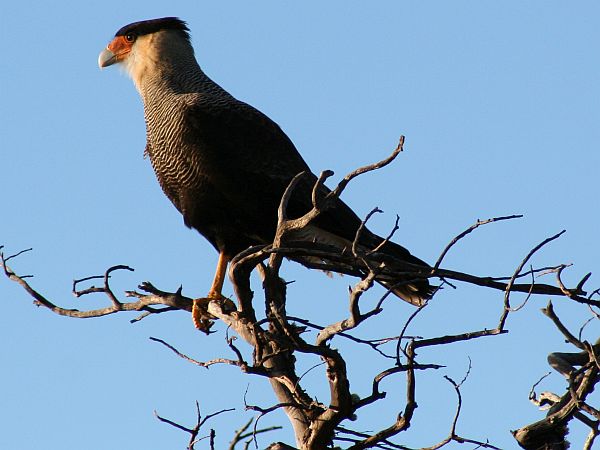
Close to 500 animal species live in Patagonia: 400 birds, 60 mammals and a group of amphibians, fish, and reptiles along with an enormous and undetermined quantity of insects.
Natural life at the end of the world is abundant and surprising. For thousands of years, diverse animals and plants have adapted and evolved in the strong winds, low temperatures, and ceaseless rains.
The Torres del Paine National Park, itself, is the natural habitat for 133 types of birds, among them condors, ñandúes, flamingos, bandurrias, black neck swans, eagles, loicas and cachañas. Download the birdwatcher’s checklist available for our travelers or ask for it when you get to your destination so you can check the birds you see during your explorations.
25 mammals species can also be found, some in numbers and visible at short range, such as guanacos and foxes; others in danger of extinction and visible only in certain areas such as the huemul and the puma.
Around 2,500 plant species exist, from very simple forms (algaes, lichens, mosses and mushrooms) to leafy trees (lenga, coihue, alerce and ñirre), with intermediary forms such as ferns, grasses and bushes. From the plains to the leafy forests of the mountains, the flora is intense and varied with many endemic species.
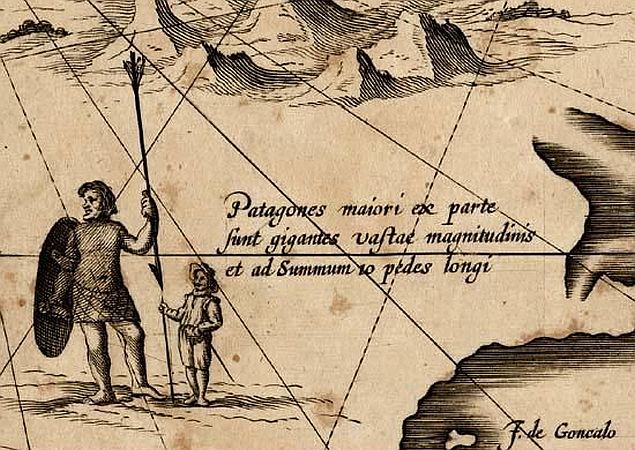
Since time immemorial, numerous ships arrived believing that they had reached the gates of the unknown Terra Australis, a legendary continent that maps situated at the extreme southern end of the globe. Today, just as it was 500 years ago, Patagonia remains largely unknown and wild, maintaining its place as the end of the world.
Patagonia is a practically uninhabited area. The closest cities to the Torres del Paine National Park are Puerto Natales and Punta Arenas, 147 and 393 km away respectively.
Founded in 1848 as a penal colony, Punta Arenas is the largest Chilean city in the area. During the height of traffic through the Magellan Strait, it became an active and cosmopolitan port.
Of the four ethnic groups that originally inhabited this territory, only a few dozen descendants still survive.
THE FIRST EUROPEAN
The first European to arrive in Patagonia was Magellan, who discovered the strait in the extreme south of America that today bears his name. His chronicles tell of meeting men of great stature and describes, with surprise, the large human footprints he saw along the Patagonian coast.
The authors of these footprints received the name of “patagones.” According to some, this would come from the word “pata,” which is a colloquial word for foot, in Spanish. And soon, the “land of the patagones” came to be called “Patagonia.”
In 1520, leading the first western expedition to the south of South America, Magellan discovered a natural passage that connected the Atlantic and Pacific Oceans. From then until the beginning of the twentieth century, the Strait of Magellan, baptized in honor of its discoverer, became the most important route between the two oceans.
At the end of the nineteenth century and pushed by the demand for wool in the British textile industry, the economy of Patagonia was concentrated on the livestock industry, especially sheep. On the expanse of the pampa, large ranch properties were established, many of which remain till this day.
THE SAILBOATS OF THE END OF THE EARTH: THE CAPE HORNIER
Cape Horn (the southernmost point of Tierra del Fuego) was discovered in 1616 by the explorer and Dutch businessman Jacob Le Maire, searching for an alternative route to the Strait of Magellan, under Spanish control, to establish commerce with the far east.
With time, the intense winds and waves of this pass transformed it into a trial for the bravest sailors of the world.
In 1937, in the French port of Saint Malo, the first Brotherhood of CapHornier Captains was founded. It brought together a select group of sailors who, with more courage than technology, shared the experience of having crossed Cape Horn, propelled only by the force of the wind. The spirit of Saint Malo and his celebration of loyalty, bravery, decision and leadership spread to Chile, Australia, Finland, England, New Zealand, Norway, and Holland.
NOTABLE EXPLORATION OF PATAGONIA
1520: Magellan, Portuguese sailor.
1616: Jacob Le Maire, Dutch explorer.
1766: Louis Antoine de Bouganville, French sailor.
1799: Alexander von Humboldt, German naturalist.
1830/1831: Robert Fitz Roy, sailor and English scientist.
1831: Charles Darwin, English scientist.
1879: Florence Dixie, adventurer and English feminist.
1895/1896: Otto Nordenskjöld, Norwegian scientist.
1901/1908/1914: Ernest Shackleton, Irish explorer.

The gaucho, a typical figure of Patagonia, is responsible for the tasks on the ranch. A free and solitary personality (although very hospitable), he rises before sunrise to drive the livestock over the plains and occupies himself with the activities of the farm. An expert rider, he is also skilled in the use of the boleadoras, a weapon composed of rocks joined by lines of leather used by the ancient tehuelches.
Far from the city and in contrast to the movement of Punta Arenas, the area’s large livestock ranches subsisted in isolation and solitude. Forced into a life of self-sufficiency, they have remained practically untouched by the development of urban centers.
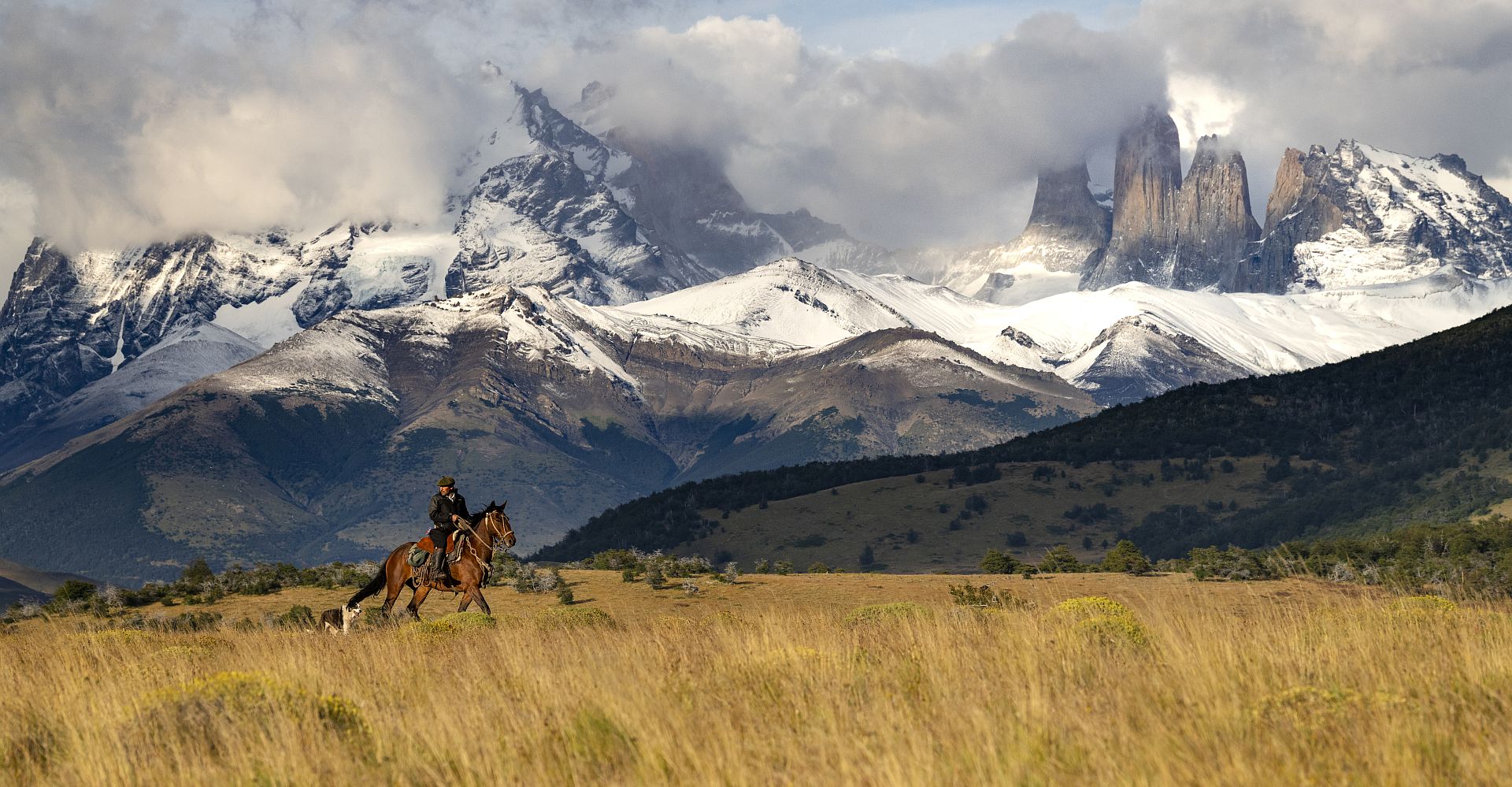
Ample plains covered in grass, ideal for grazing and livestock activity, form the Pampa or Patagonian steppe. Unlike the mountainous zone, it is a tectonically stable area.
The Patagonian Andes are the southernmost section of the Andes mountain range that runs the length of South America. The insurgences of rocky blocks occurred 12 million years ago and were exposed on the deep rocky surfaces formed 300 million years ago. In Patagonia, the mountains are interrupted by numerous valleys, lakes, fjords and canals of tectonic and glacial origins. Part of the Andean relief is occupied by gigantic masses of ice, such as the southern ice fields, one of the largest reserves of freshwater in the world, containing around fifty glaciers.
To the south, the continent ends in the Strait of Magellan, which communicates the Pacific and Atlantic oceans. To the other side of the strait lies Tierra del Fuego, the largest island on the American continent.
Discover Our Destinations
Endless revelations and possibilities await
